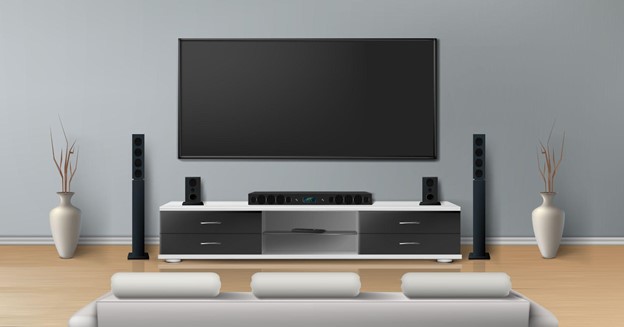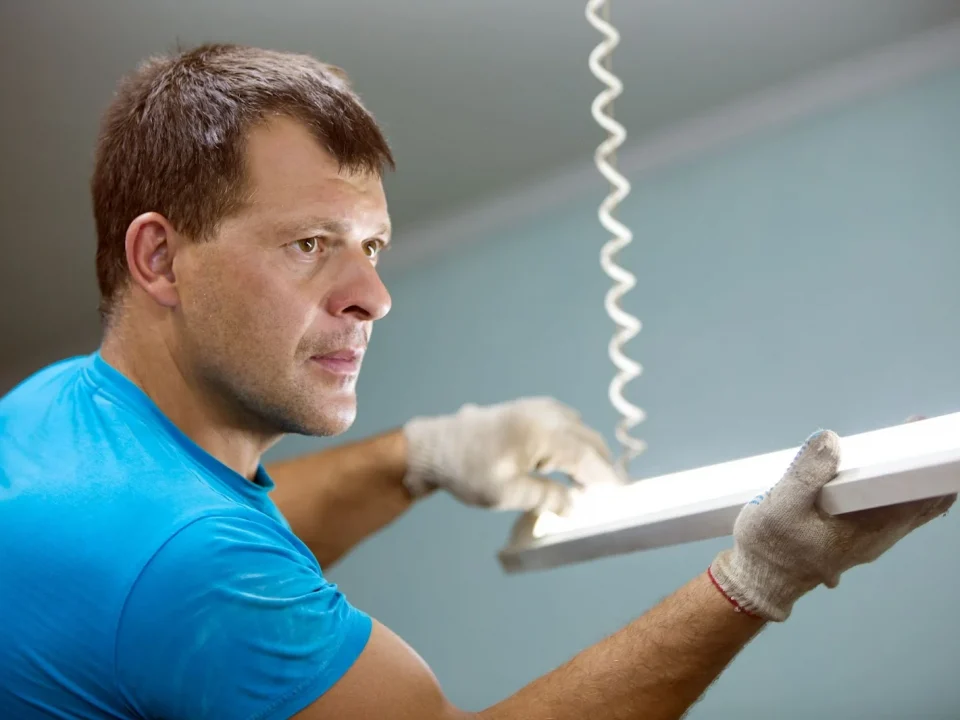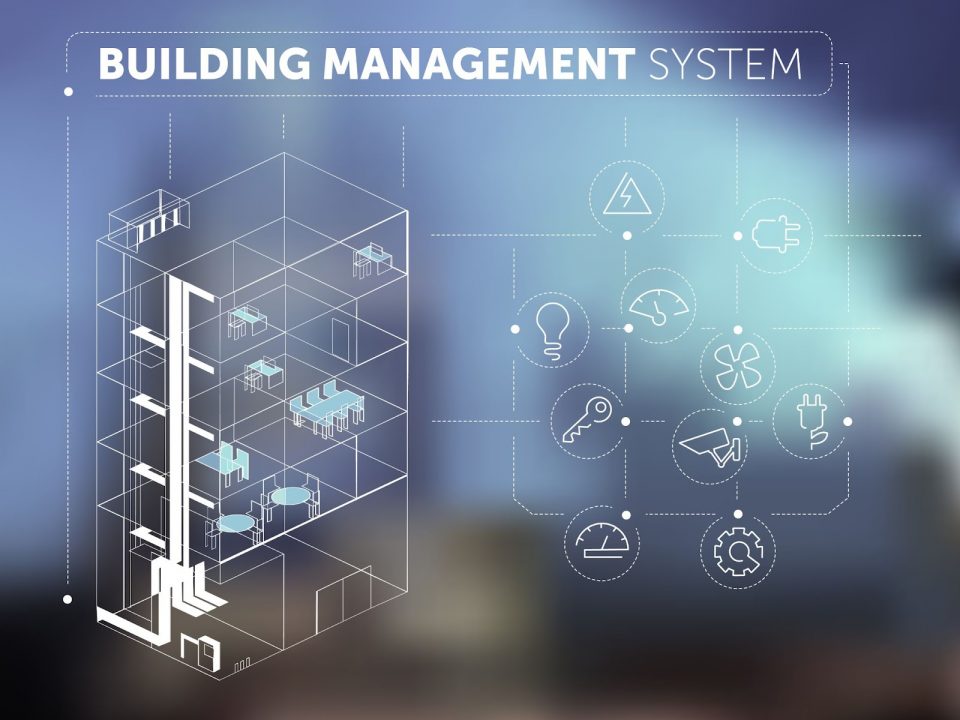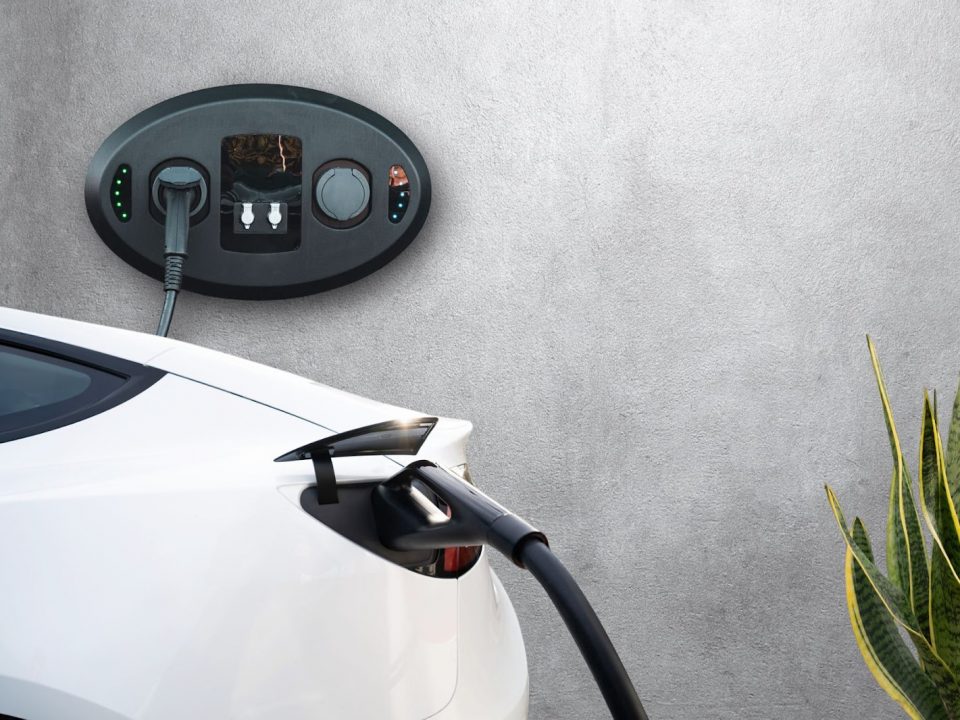4 Things to Consider When Installing a Home AV Home System


As a homeowner, you may be interested in installing a home AV system. This can provide great benefits, such as better audio and video quality, and added convenience. However, before you make any decisions, there are a few things you should consider. Here are four key factors to keep in mind when installing a home AV system.
What Are the Benefits of a Home Theatre?
Aside from better audio and video quality and convenience, having a home theatre comes with plenty of other perks. This includes:
- Comfortable and hassle-free experience
A home theatre delivers a better overall way of watching movies, playing video games and experiencing sports events. It gives you a dedicated space where you can immerse yourself in the media you are consuming.
- Better quality time with loved ones
With home theatres, you can lounge and enjoy recreational activities not just by yourself but also with loved ones. Spend some quality time and enjoy each other’s company better by watching the latest films in your home theatre.
- Added value to your home
You can increase the value of your property by installing a home theatre. It can boost buyer appeal in the future, making it worth investing in.
4 Things to Consider When Installing Your Home Theatre
Build the perfect AV system by carefully planning your home theatre system setup. A home theatre system involves various components, and you need to make sure that each component is compatible with each other.
Here are the essential things that you have to consider before you install your home theatre.
1. Screen
A crucial component of any home theatre system is the screen. Picking the right screen for your setup ensures that you get the best viewing or gaming experience.
First of all, you have to decide whether to get a TV or projector for your home theatre. To help you choose between the two, there are several factors you can consider.
The available space in your room is one factor. With a projector system, you will need a room with plenty of space so that it won’t be too cramped when you install the projector and screen. Meanwhile, if you have a smaller room, TVs are usually the better option. If you are looking for better contrast and resolution while still sticking to your budget, it’s best to opt for TVs. However, projectors are generally much more affordable than TVs, especially when compared to HDTVs and OLEDs.
In terms of installation, setting up a TV is more convenient than installing a projector. With a TV, all you’ll need to do is place it on top of a cabinet or mount it to a wall, and you are good to go. Projectors, on the other hand, require more planning before they can be installed.
So how do you set up a home theatre system with a projector? Firstly, you will need to consider the positioning of the screen, where you will sit and where to install the projector. Determining these various locations is essential, as this helps you avoid issues like eye and neck strain. Next is to mount the projector and the screen. You can also opt for a free-standing screen or motorised screen. Afterwards, you’ll only need to connect your video sources and fine-tune the projector’s settings.
2. Speakers and receiver
Another crucial element in a home theatre is sound. To get crisp, high-quality sound, you need speakers and a home theatre receiver that are equally high in quality. Choosing the best speakers involves researching the different speaker types and surround sound systems available.
Surround sound systems include 2.1, 5.1, 7.1 and beyond. So what do these numbers mean? The first number (e.g., the 2 in 2.1) refers to the number of audio channels for that system. Meanwhile, the second number (e.g., the 1 in 2.1) pertains to the number of subwoofers. A subwoofer boosts the bass, which adds depth to your home theatre experience. A 2.1 surround sound system has 2 main speakers, the front left and front right, and 1 subwoofer.
Offering an immersive audio experience, the 5.1 system is what’s often used for home theatres. How do you set up 5.1 home theatre speakers in a room? If you’ve seen a 5.1 home theatre setup diagram, the setup is typically like this: 2 speakers are in front, 1 speaker is in the centre and 2 are at the rear or left and right of where you’re sitting. The subwoofer can be placed beside your front speakers.
To amplify the sound coming from your speakers, you will need a home theatre receiver. The number of your speakers dictates the type of receiver you should get. For a 5.1 setup, you’ll need at least 5 audio channels and an output for your subwoofer.
3. Sources
Also included in a home theatre equipment list are video sources. A source component supplies the media you want to watch, listen or play. Common examples are cable or satellite boxes, Blu-ray players and DVD players. Streaming media devices that connect to the internet are another video source. This includes media players such as Apple TV, Google Chromecast, Roku and Amazon Fire. You can also use a turntable as a source component. Lastly, gaming consoles such as Xbox and PlayStation enable you to game in your home theatre.
4. Design
After understanding the basic components of a home theatre, another thing to consider is your home theatre design. Here are some home theatre setup ideas:
Floors
For an immersive experience and to feel like you’re really in a theatre, consider getting carpeted floors.
Walls
Adequate insulation is necessary for absorbing noise. You can use thick drapes or acoustic tiles to minimise noise transfer.
Furniture
Furniture pieces that combine comfort and style enhance your overall entertainment experience.
Control options
Control your home theatre with one device by getting a universal remote. You can also utilise home automation to conveniently manage your home theatre’s AV technology and lights.
Home Theatre System Installation Services
Feeling overwhelmed about going the DIY route to install your home theatre? At Edmont M&E, we offer home AV installation services for your entertainment needs. Contact us today, and learn how we can help you build the perfect home theatre.


